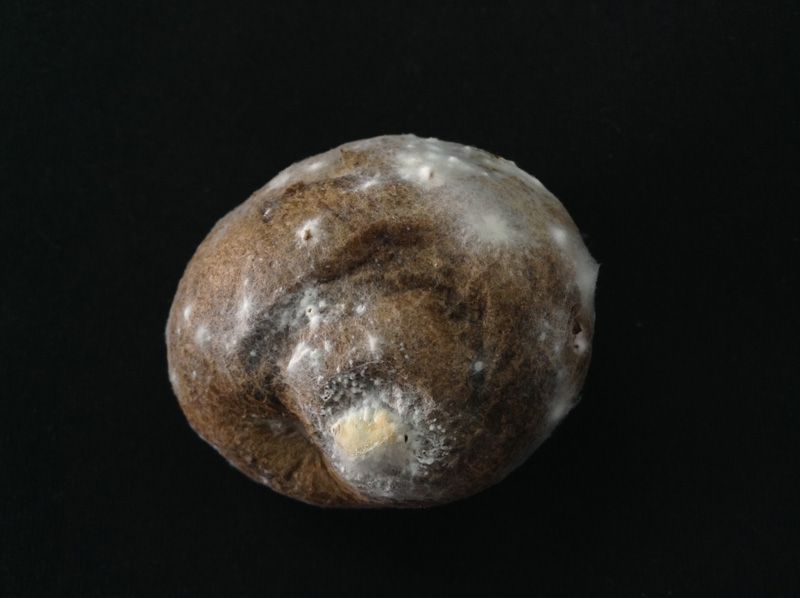
Potato Dry Rot
Potato dry rot
Common name
Potato dry rot
Fusarium dry rot
Causal agent
It is a fungal disease caused by fungi in the genus fusarium.
Scientific name
Fusarium sambucinum
Fusarium solani
Fusarium culmorum
Fusarium avenaceum
Symptoms & Signs
The potato tubes show dry, brown, or black rot in the center, especially near wounds or injuries. The necrotic tissue on the inside appears as sunken lesions on the outside of the tubers with yellow or white mold. The rot also gives off a bad odor. Due to damage to the tubers, the lower leaves and stems may show wilt with stunted growth and chlorosis.
Transmission
It is both a seed-borne, as well as soil-borne disease; hence, it can spread through harvest, cutting, or grading. The fungi enter the tubers through openings due to wounds and injuries. High humidity and temperatures between 15 to 20°C greatly favor the development of potato dry rot.
Time of concern
Early spring to late summer
Common hosts
Potato
